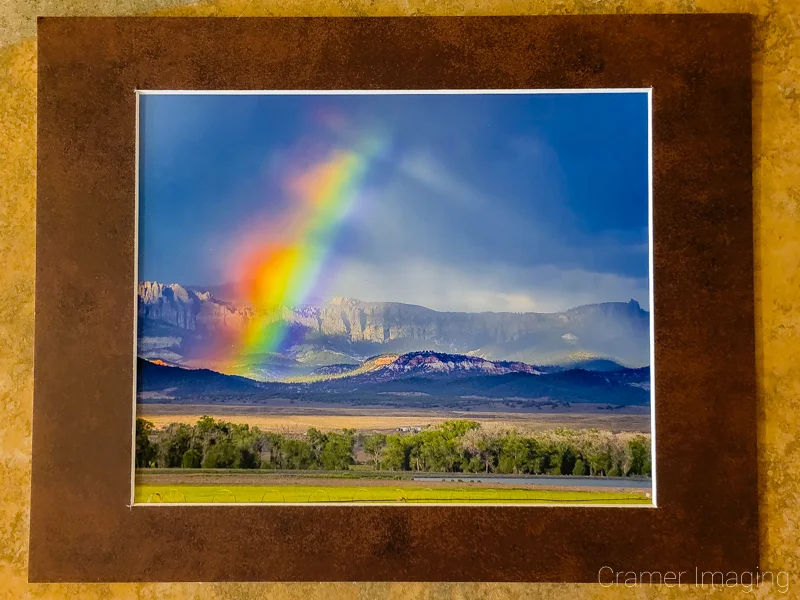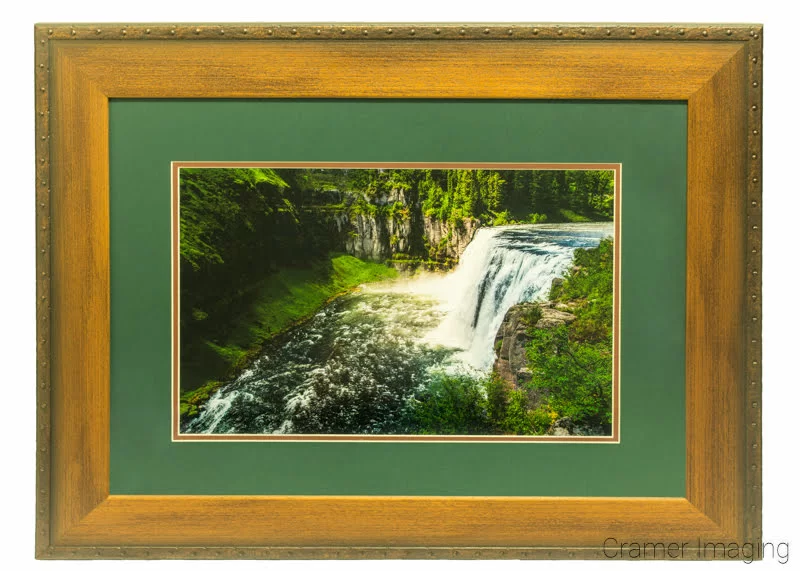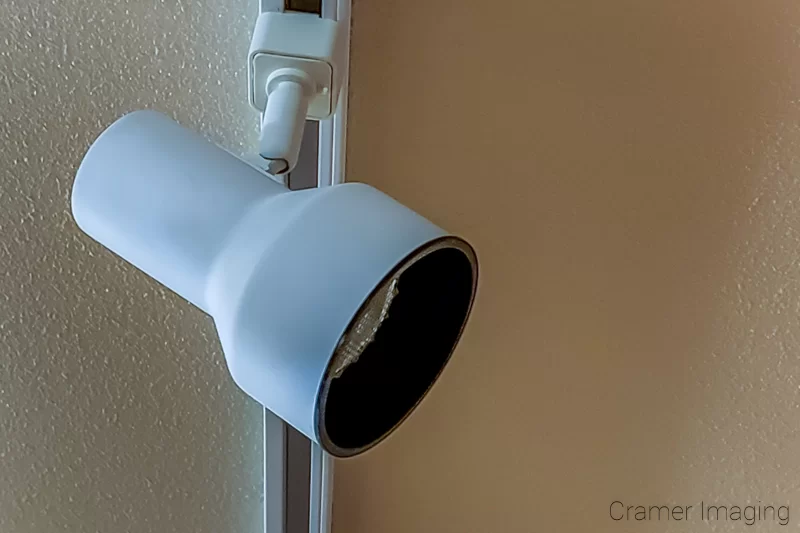
Cleaning Your Photograph
Please use extreme caution whenever you attempt to clean the direct surface of your fine art photograph.
Per the manufacturer’s instructions, dust the photo glazing (glass) with a soft, damp cloth. Smooth microfiber works will for this task. Only apply light pressure while cleaning. Then, rinse the surface with clean water and dry the surface by blotting it with a soft cloth. Rubbing a wet or damp photo may cause permanent damage. Dry or gritty cloths might cause surface scratches and/or create a static electric charge on the photo’s surface.
Do not use window cleaning sprays (especially ammonia-based), kitchen scouring compounds/steel wool, or solvents such as acetone, gasoline, or lacquer thinners to clean your photo. These may also cause permanent damage to your image.
Cleaning Your Photo Frame
Our wooden and composite frames have a protective wax finish which, when handled properly, should not require much care other than a periodic dusting.
When cleaning the frame, use a soft dry cloth to remove spots or other debris. Avoid using liquid and chemical cleaning products as these will remove protective finish and cause the wood to dry out and discolor/shrink/crack over time. Apply only light pressure to the frame, rinse the frame with clean water, and dry it by blotting the cloth.
We recommend using compressed or canned air to remove any surface dust accumulating on the liner over time, making sure that no propellant is expelled from the can during the process.


Lighting Your Photo
Lighting your image properly for maximum impact can involve using a mixture of spotlights and spreads, meaning it might require professional help.
The proper degree of spread needed for your photo will depend on the distance of the light source (fixture) from the photograph on the wall. While several light bulbs can sufficiently light your image, we recommend using halogen or LED bulbs which have as close to a full spectrum of light as you can get with a color temperature of 5000K for optimal viewing.
If you’re serious about the lighting for your photo, we recommend seeking out an electrician or a lighting professional to ensure the proper balance of light and presentation of your wall art.
Your Display Environment
The environment which you choose to keep and display your photo(s) in can really affect the image’s overall longevity.
Our fine art prints are developed using the most advanced technology and the finest materials available on the market today.
While we take measures to provide you with UV protection for your photo(s), we recommend that you avoid displaying your photograph in direct sunlight, high humidity, or high temperatures as temperatures over 75°F, prolonged direct sunlight, or humidity above approximately 60% could damage or degrade your photo over time. Improper storage and display conditions can lead to (but not be limited to) the photo fading (partial or full image fading), the mat fading, or fabric warping/deteriorating for canvas prints.

